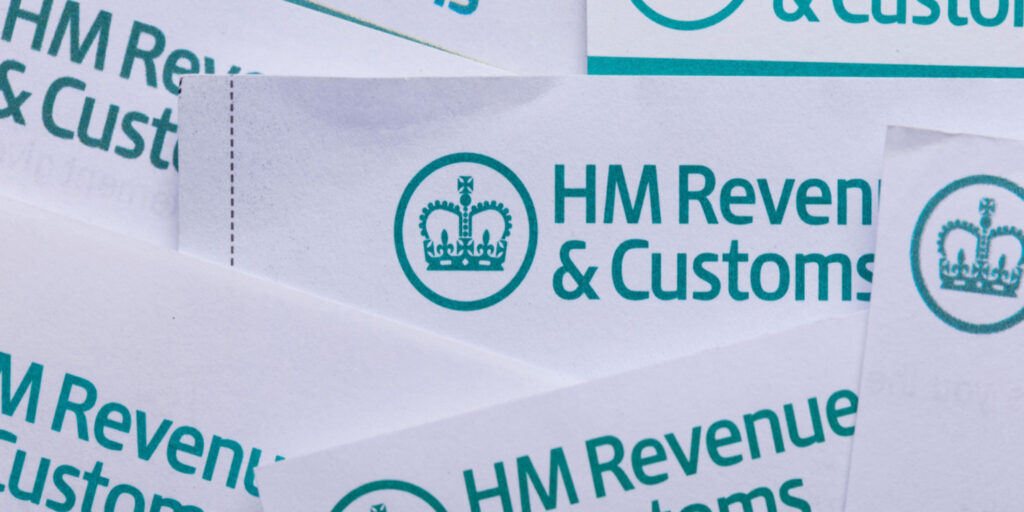If you’re the sole director of a company without any employees, you cannot claim Employment Allowance against the National Insurance your company pays on your director’s salary. However, you may be eligible to claim if the company pays at least one employee (who is not a director) or at least two directors above the qualifying National Insurance threshold.
We explore the topic of Employment Allowance in more detail, including what it is and what you’re entitled to. We will also look at eligibility criteria for companies, and how to claim the allowance through your payroll.
What is Employment Allowance?
Employment Allowance was introduced in the National Insurance Contributions Act 2014 as a way to help and encourage small businesses to take on more employees.
The scheme enables eligible firms to reduce the amount of employers’ (secondary) Class 1 National Insurance contributions (NICs) they pay each month through payroll on their employees’ wages. However, the allowance cannot be used against Class 1A or Class 1B NIC liabilities.
For the 2025-26 tax year, the annual Employment Allowance increased from £5,000 to £10,500. Furthermore, the restriction on employers paying more than £100,000 in Class 1 NICs no longer applies.
This means that eligible employers won’t pay any secondary Class 1 NICs until the full allowance has been used up. Essentially, this could save your company £10,500 in the 2025-26 tax year.
Eligibility requirements
To be eligible to claim Employment Allowance through your limited company, you must satisfy the following conditions:
- operate as a business, public body, or charity (this includes community amateur sports clubs), or employ a care or support worker (e.g. to care for someone with a mental or physical disability)
- do less than half your work in the public sector (such as for local councils and NHS services)
- are registered as an employer with HMRC
- have at least one employee (who is not a director) or at least two directors paid above the Class 1 NIC secondary threshold (£96/week, £417/month, £5,000/per year)
Who cannot claim?
You cannot claim Employment Allowance through your company if:
- only one employee is paid above the Class 1 National Insurance secondary threshold, and the employee is also a director of the company
- more than half of your work is in the public sector unless your company is registered as a charity
So, as you can see, you won’t be able to claim Employment Allowance against your director’s salary if you are the sole director/employee of the company and/or you do not have any other employees or directors earning above the Class 1 NIC secondary threshold.
- Are directors employees of a company?
- 13 allowable expenses for limited companies to claim
- 2024-25 tax guide for UK business owners
Additionally, payments to certain workers cannot be included in your Employment Allowance claim, including:
- any person whose earnings are within IR35 ‘off-payroll working rules’ (e.g. contractors)
- any person you employ for personal, household, or domestic work (e.g. nanny, cleaner, gardener) unless they are a care or support worker
However, if your company’s circumstances change part-way through the tax year and you then become eligible for Employment Allowance, your company may be able to claim it for the entire year.
GOV.UK’s Employment Allowance guidance provides detailed information on eligibility criteria, including a number of useful examples of when the allowance can and cannot be claimed through a single-director company.
How to claim Employment Allowance
You can claim Employment Allowance through payroll at any point during the tax year when you send an Employment Payment Summary (EPS) to HMRC.
You will pay less employer’s NICs every month until the £10,500 allowance has been used up or the tax year comes to an end (whichever happens first).
The way in which you claim will depend on whether you use HMRC’s Basic PAYE Tools or your own payroll software.
1. Claiming through HMRC’s Basic PAYE Tools
- Select the correct name in the ‘Employer’ menu on the home page
- Select ‘Employment Allowance’
- Check the eligibility criteria.
- Send your Employment Payment Summary to HMRC as normal
2. Claiming through your own payroll software
To claim through your own payroll software, select ’Yes’ in the ‘Employment Allowance indicator’ field when you send your next Employment Payment Summary to HMRC. If your software doesn’t have an EPS field, you can use HMRC’s Basic PAYE Tools instead.
When to claim Employment Allowance
Employment Allowance covers one tax year, so you will need to claim it every year that you’re eligible. You can claim the allowance at any time during the tax year. However, the earlier you claim it, the sooner you will get it.
If you are late making a claim and don’t use your allowance against your employers’ Class 1 NIC liabilities, you can ask HMRC to:
- use unclaimed Employment Allowance at the end of the tax year to pay any tax or NICs that you owe (including Corporation Tax and VAT if you don’t owe anything on your PAYE bill), or
- issue a refund after the end of the tax year if you don’t owe anything
Your HMRC online account will tell you how much Employment Allowance you have used each year that you’ve been registered as an employer.
Claiming for previous tax years
You can claim Employment Allowance for the past four tax years. This means that, currently, you can make claims dating back to the 2021-22 tax year.
You will need to complete a separate Employment Payment Summary for each of the previous year’s claims. You have until 5 April 2026 to claim the allowance for the 2021-22 tax year, 5 April 2027 for the 2022-23 tax year, and so on.
So there you have it…
We hope that this post has given you a better understanding of Employment Allowance and clarified whether or not your company can claim it against the National Insurance it pays on your director’s salary.
If you have any questions about this topic – or anything else related to setting up and running a limited company – please leave a comment below.
Please note that the information provided in this article is for general informational purposes only and does not constitute legal, tax, or professional advice. While our aim is that the content is accurate and up to date, it should not be relied upon as a substitute for tailored advice from qualified professionals. We strongly recommend that you seek independent legal and tax advice specific to your circumstances before acting on any information contained in this article. We accept no responsibility or liability for any loss or damage that may result from your reliance on the information provided in this article. Use of the information contained in this article is entirely at your own risk.








Join The Discussion
Comments (4)
Hi,
I have a question :-)
What would happen with a 2 director company that starts the year both earning over the 758.00 per month threshold, then mid way through the year 1 directors lowers their earning below the 758.00, do you have to stop your EA claim or is it valid for the rest of the year?
I’ve looked and cannot see any answer to this, I think years ago it was still valid for the year, but I wonder if this has now changed and you have to stop the claim.
I look forward to hearing from someone that can clarify this point.
Many thanks for your time.
Amanda
Thank you for your kind comment.
Unfortunately as we are not regulated to provide accountancy advice, we are unable to provide advice on specific scenarios. We would recommend contacting an accountant for further assistance.
Please accept our apologies for any inconvenience caused.
Kind regards,
The 1st Formations Team
Great blog with such useful information!
Thanks so much for taking the time to comment.
Best regards,
The 1st Formations Team